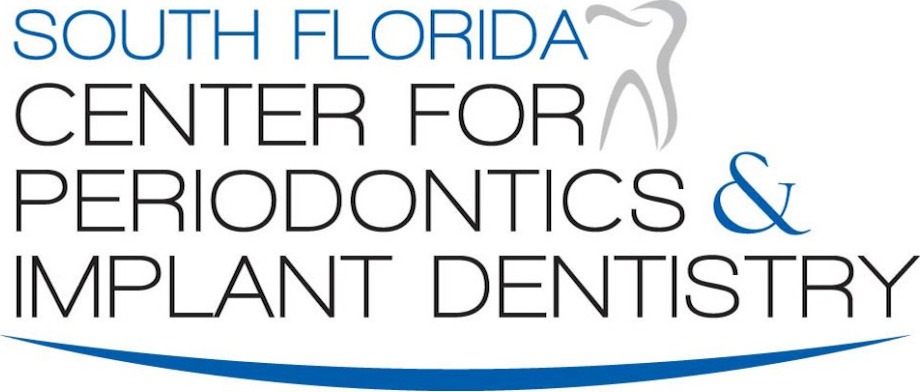Tobacco Users Face Uphill Battle When It Comes To Oral Health
March 16th, 2021We’ve talked about the ill effects of smoking before, for good reason. Tobacco use is one of our greatest enemies when it comes to teeth and gum health, and to overall wellness as well. In addition to causing bad breath, yellowed teeth and contributing to devastating disease such as oral cancer, tobacco usage interferes with how gum tissue cells function and decreases blood flow to your gums, which can affect healing.
Cigarettes Aren’t the Only Culprits
Tobacco use in the form of pipes and chewing tobacco also increase your chance of gum disease. Even e-cigarettes which don’t contain tobacco are bad for your teeth and gums since inherent chemicals and nicotine damage gum tissue and reduce saliva production, making it easier for bacteria to build up.
Tobacco use affects the way our body heals by slowing down the immune system which then makes it harder to fight infection. According to the Centers for Disease Control and Prevention (CDC), smokers:
- have twice the risk of gum disease compared to a non-smoker (and other studies indicate that number can be up to 3x higher) and
- increase their risk the longer they smoke
- increase their risk the more they smoke
- may not heal as well as nonsmokers
Now’s the Time to Quit
A lot of research shows that quitting smoking can not only lower your chance of heart and lung disease and oral cancer, among other health problems, but indeed help reduce the progression of gum disease. In fact, studies show that your risk for periodontitis (severe gum disease) becomes comparable to that of non-smokers after stopping smoking.
Any former tobacco user can confirm that quitting smoking is tough. Today, however, there are more treatment options than ever to help you quit, like nicotine replacement therapy, and prescription medication. Medical professionals also know that avoiding triggers and staying active can help. For more information, check out these CDC smoking cessation tips and many other helpful resources.

